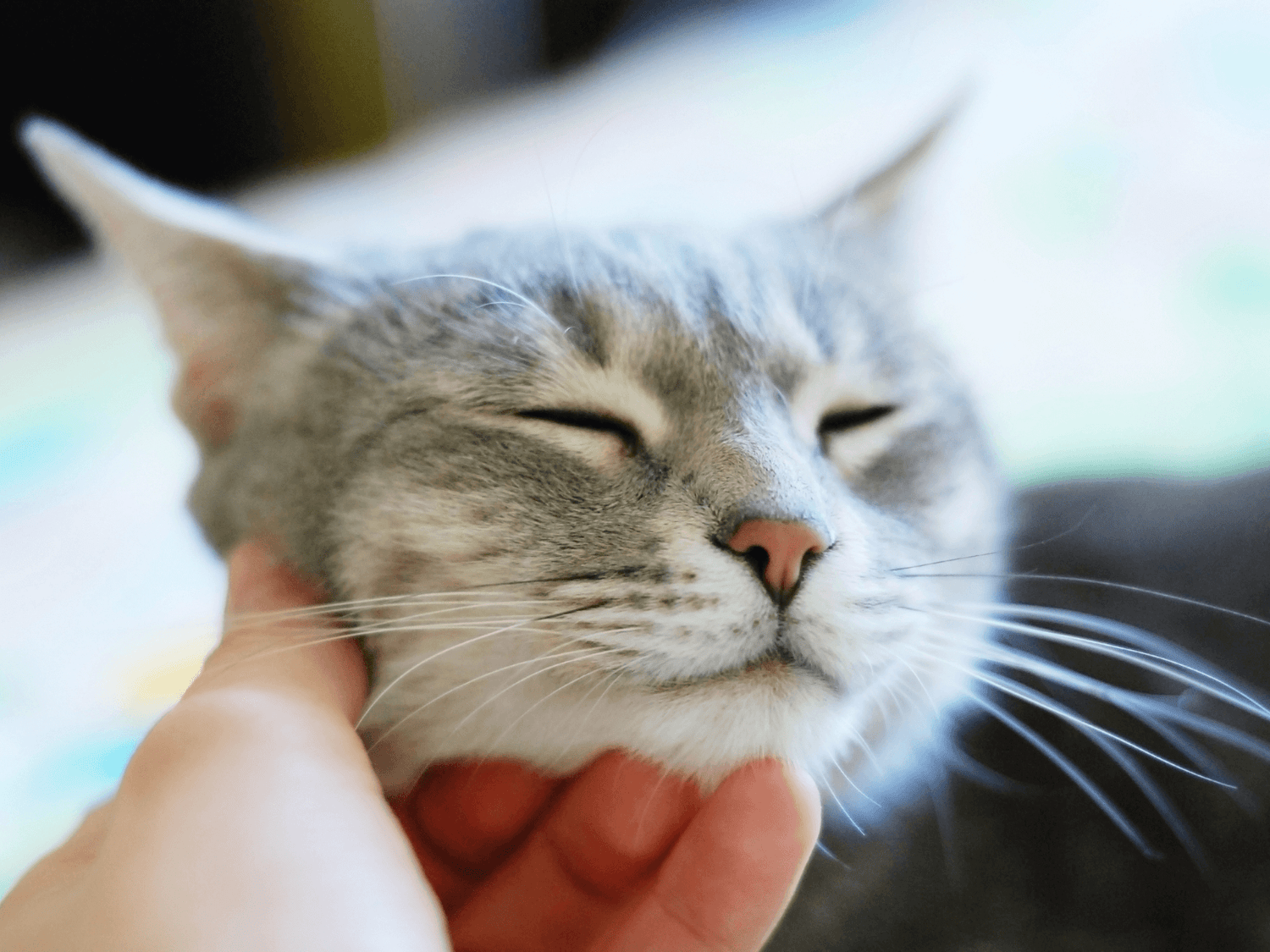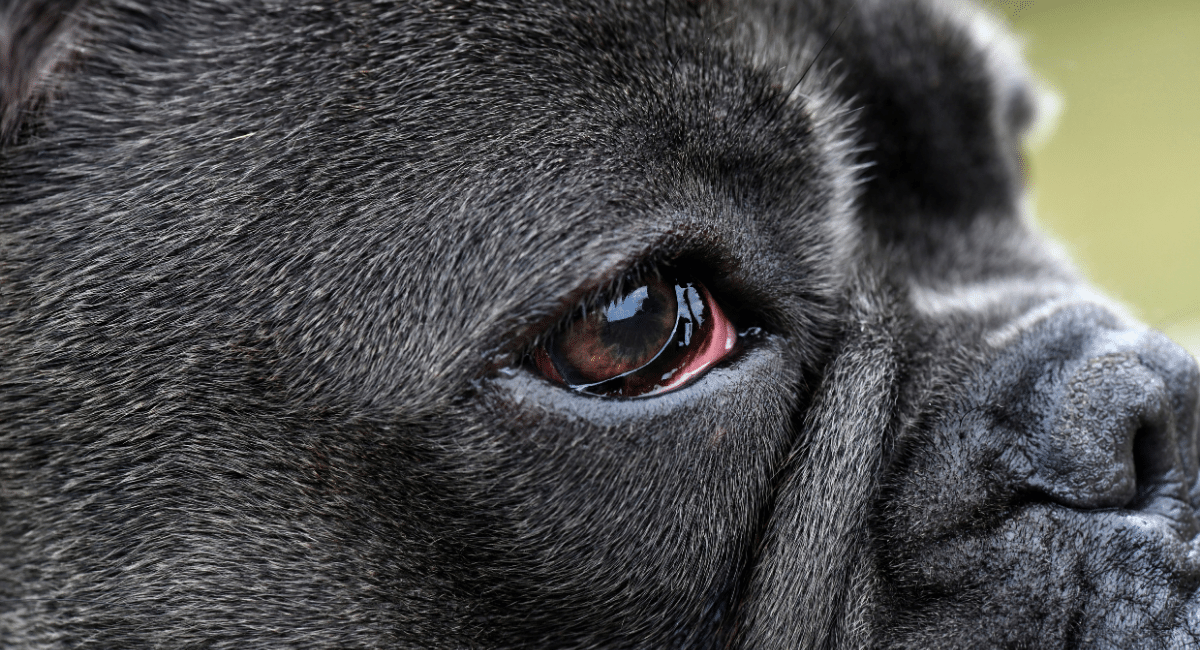From seasonal discomforts to food intolerances, we humans are fairly well versed in allergic reactions. But how much do you know about feline allergies and the cat allergy symptoms that can clue us in? Whether your kitty's sneezing from environmental pollutants or biting his paws due to a cat allergy, if your feline friend is showing signs of discomfort, it's time to dig a little deeper into the cause. First thing to note is that most pets only start developing allergies after 6 months of age. While some cats inherit allergies (called atopy), most don't develop any signs of allergies until later on in life, typically after the age of two. This is out suggest natural cat allergy medicine.
Table of Contents
1. Types of Feline Allergies
Figuring out the cause your cat's allergies or allergic symptom is not always easy. There are many things your cat can be allergic to. To help us out, experts generally categorize feline allergies into the following subsets: Environmental allergies - such as pollen, mold, dust, smoke, etc. Food allergies - the most common being beef, fish, chicken and dairy Flea allergies - irritations and allergic reactions typically from a flea or insect bite.
These allergies can display in a variety of ways such as constant scratching, sneezing, nasal discharge, watery eyes and other feline upper respiratory symptoms; but there is one type of allergic reaction that may not always be diagnosed as an allergy - called atopic dermatitis. Atopic dermatitis or skin allergy, is an allergic reaction that specifically shows itself on the skin.
Typical symptoms include: skin sores, scabs, dry/patchy skin, hair loss, and redness.
All cats are different, and one cat may exhibit allergic symptoms when exposed to something that another cat has no reaction to. Even cats from the same litter may have different allergies. Within these subsets, there are many specific causes of allergies.
This is not an exhaustive list, but your cat may be allergic to any one or more of the following typical feline allergies:
- Tree pollen
- Grass pollen
- Mold or mildew
- Cigarette smoke
- Dust
- Fleas
- Flea treatments
- Prescription medications
- Plastic or rubber
- Household cleaning products
- Laundry detergents
- Specific meats or eggs
- Dairy products
- Various fabrics
- Other pets or wild animals
2. The Most Common Cat Allergies
Flea Allergy Dermatitis
A common flea allergy in cats, also called Flea Allergy Dermatitis (FAD), is a type of allergy that is usually characterized by excessive scratching and biting due to extremely itchy skin. Most cats with fleas do not experience a high level of discomfort from bites, but allergic cats can have a severe reaction. Cats with FAD are actually allergic to flea saliva, which is injected into the skin in the course of a bite, rather than to the fleas themselves. According to VCA Hospitals, the reaction “is an allergic response to proteins or antigens present in the flea's saliva."
Affected cats also don't necessarily have to be infested with tons of fleas. You may not notice any signs of fleas despite your cat exhibiting the classic symptoms of the allergy. According to Tammy Hunter, DVM and Ernest Ward, DVM, authors of the aforementioned article, "a single flea is enough to cause a problem."
Symptoms of Cat Flea Allergy Dermatitis Constant
- Scratching
- Obsessive licking, overgrooming Itchy belly, back and base of tail
- Hair loss on back and tail
- Rash on neck or face Itchy ears, ear infections
- Biting paws and tail
- Sore, swollen paws from biting
- Raw, inflamed skin Itchy skin for 2 weeks or longer
- Flea Allergy Dermatitis Treatments for Cats
The treatment for Flea Allergy Dermatitis usually begins with a complete flea control regime. Flea and tick prevention products should always be acquired from a vet. Only use feline-specific flea treatments on your cat, as dog flea treatments can be dangerous.

If a regular flea prevention treatment does not seem to stop the symptoms associated with FAD, a vet may suggest a course of antihistamines or corticosteroids, or a combination of the two. Omega supplements may also help treat the condition.
If your kitty's allergies are affecting the skin and you can't get to the vet, you may wish to try the BestLife4Pets Healthy Skin, Coat and Allergy Relief Dermatitis Remedy as a natural way to help your cat gain some relief. This remedy is formulated both for relief of itchy, irritated skin and to aid in the healing of sores and wounds associated with skin allergies.
Feline Pollen Allergies
A pollen allergy occurs in cats when their immune systems overreact to the inhaling of pollen particles. This allergic reaction can manifest itself through a number of symptoms, most of which are respiratory or related to the skin and eyes. While these allergies often appear mild at first, according to the VetDERM Clinic, "if left untreated, these pollen allergies can turn into skin itchiness, skin lesions, skin infections and respiratory symptoms including cold-like signs, which can become chronic."
Symptoms of Pollen Allergies in Cats:
Similar to our own environmental allergy symptoms, cats with pollen allergies can have symptoms which also often resemble those of a common cold. Some things to watch out for include the following:
- Sneezing
- Nasal discharge
- Snoring, heavy breathing
- Watery discharge from eyes
- Scratching the eyes
- Orange discoloration around eyes
- Coughing or wheezing
- Ulcers or sores on skin
- Chewing on paws
- Overgrooming or hair loss
- Shaking the head Irritability or lethargy
- Treatments For Pollen Allergies
If a cat's pollen allergy is moderate or severe, a vet will usually treat it with medication. Sometimes steroids are used, although antihistamines and dietary supplements may also be used.
For a more natural approach, you can treat your cat's pollen allergy and the associated symptoms, including cat sneezing and runny nose, using a home remedy like our Breathe Easy Respiratory Support For Cats with our Cat Allergy & Immunity Support.
These tiny, easy to swallow pills are designed to relieve many of the upper respiratory symptoms associated with allergies and are a natural, chemical-free home remedy for your cat's sneezing and runny nose.
Cat and Kitten Food Allergies
Cat food allergies are more common than you may think. A lot of cats do just fine with whatever kibble or wet food you bring home, while some cats either display allergic symptoms to the food right away or develop food allergies over time. According to the Cornell Feline Health Center, food allergies are the third most common type of feline allergy. The most common food allergy culprits in felines are animal-based proteins. Beef, chicken and fish top most lists, with other meats and dairy products following as a close second.
Some cats may also become allergic to eggs, and, although it is more rare, they can develop carbohydrate allergies to vegetable products like corn, wheat and soy. Some cats are even allergic to milk.
Food allergies generally develop over time. According to Carolyn McDaniel, VMD, "the animal’s immune system gradually mounts a defense against certain protein and carbohydrate molecules," which leads to progressively worsening, persistent symptoms.
Common symptoms displayed by a cat with food allergies include:
- Scratching, especially head and neck
- Hair loss or unkempt coat
- Small lumps or sores on skin
- Vomiting
- Diarrhea
- Bloating
- Lack of appetite
- Weight loss
- Stomach pain
- Gas

Treatments for Food Allergies:
Food allergies in cats is difficult to diagnose so determining the cause of a food allergy will often begin after other conditions, like flea allergies, have been ruled out. Most vets recommend a "novel diet," or "elimination diet." This involves introducing completely different animal proteins, or different carbohydrates, into your cat's diet while removing the original foods.
After a month or more on the new diet, the previous diet is reintroduced to determine if that food was the cause of the allergy. A similar method is used to determine many food allergies in humans. The most important thing is that once a new diet regiment is determined by your vet, it should be adhered to strictly.
Sometimes cat parents believe that using a particular exotic meat, expensive kibble or organic food will prevent their pets from developing allergies, but this may not be the best answer. In fact, the Clinical Nutrition Team at Cummins Cummings Veterinary Medical Center, warns that "feeding a diet with duck, kangaroo, lamb, or venison doesn’t prevent food allergies, it just makes it likely that if your pet develops one, it will be to that protein instead of something more common like pork or chicken."
If you are unable to take your cat to the vet for testing and assessment, a home remedy approach to a food allergy can be achieved by creating your own elimination diet. Noting the symptoms of allergies in your cat is the first step to diagnosis.
Since there are so many possible sources of feline allergies, to determine the cause, it's important to familiarize yourself with some of the most common allergies so that you can observe your cat and recognize the symptoms. Most feline allergies are easy to treat, and with proper care and treatment, even cats with chronic allergies can live normal, happy lives.



